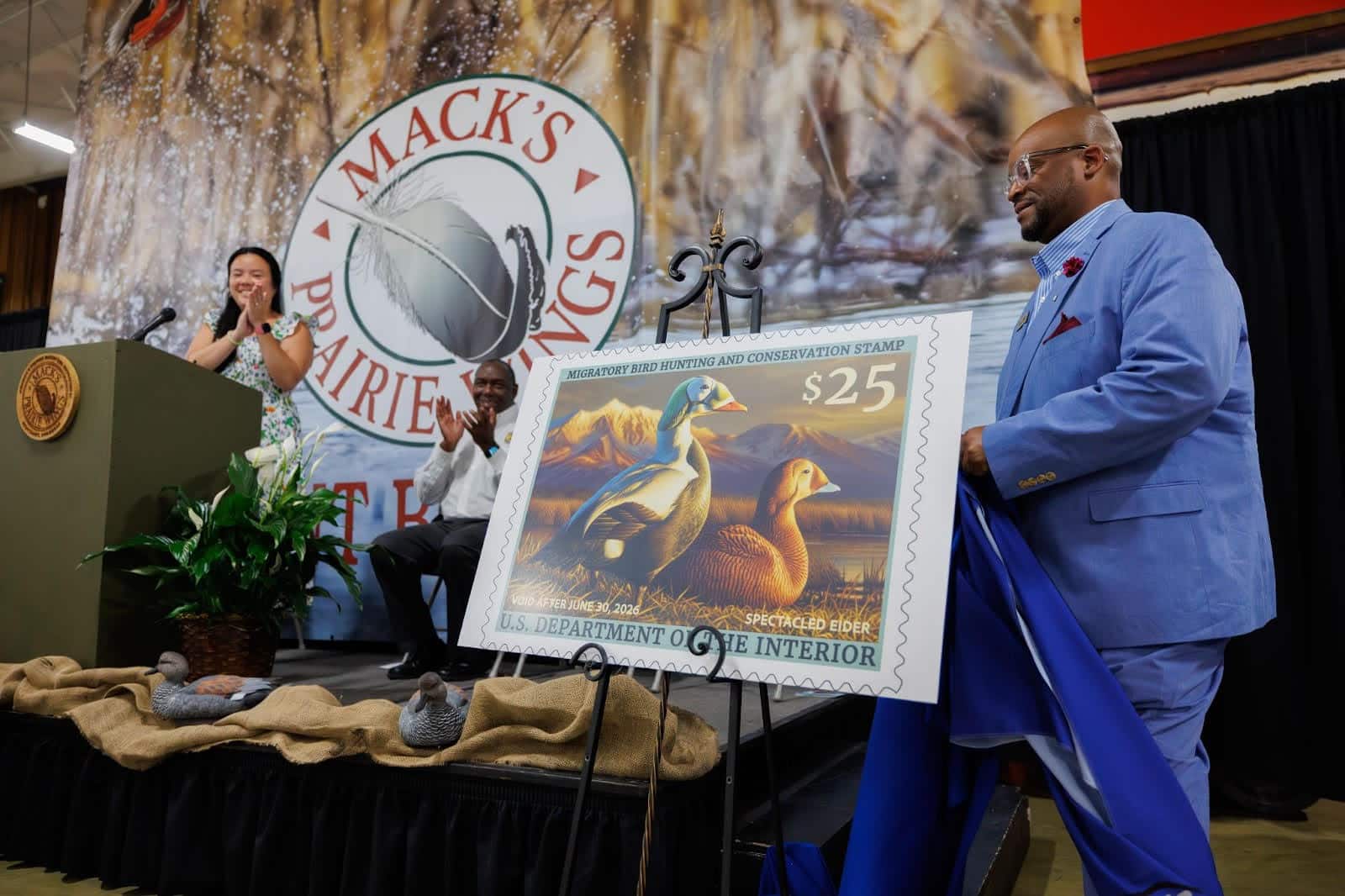Food plots create helpful habitat for wildlife and hunters on public land
ON 09-18-2019
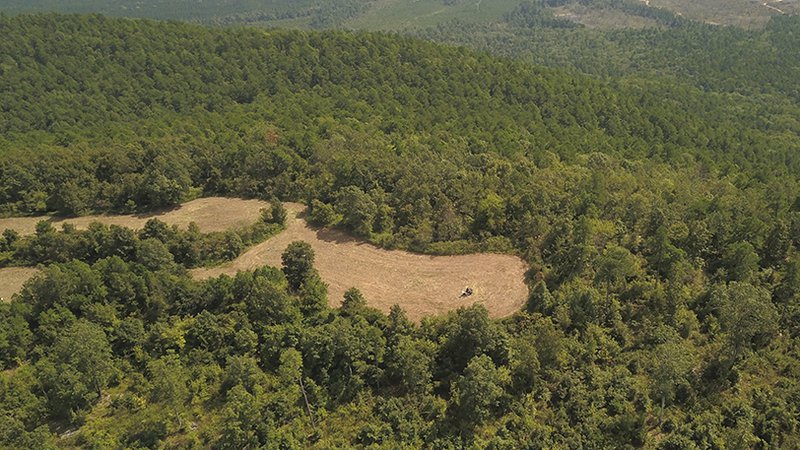
Sept. 18, 2019
Randy Zellers
Assistant Chief of Communications
PARON — With archery deer season opening Sept. 28, many hunters are hitting the woods looking for likely places to set up for the season. On private land, many are dragging a disc and spreading their favorite seed mix to grow food that will draw wildlife to their stand. Thanks to the work of Arkansas Game and Fish Commission wildlife biologists throughout the state, tractors are turning dirt to plant thousands of food plots on public hunting areas as well.
Jake Whisenhunt, wildlife biologist for the Arkansas Game and Fish Commission out of the Hot Springs office is one of those biologists who is busy overseeing the planting and maintaining wildlife openings in his portion of the state.
“My region covers a large portion of the Ouachita National Forest, and stretches all the way from Hot Springs to Fort Smith,” Whisenhunt said. “We work cooperatively with the U.S. Forest Service and many other landowners to make hundreds of thousands of acres available to the public. Within those wildlife management areas, we have hundreds of maintained wildlife openings.”
Each August and September, Whisenhunt works with contractors throughout his region to mow, disc and seed these openings to benefit the wildlife using the areas.
“We manage 111 food plots on Winona WMA, 135 on Caney Creek WMA and 164 on Muddy Creek WMA every year,” Whisenhunt said. “That’s just three of the areas in my region that will see food plot work in addition to other improvements for wildlife habitat.”
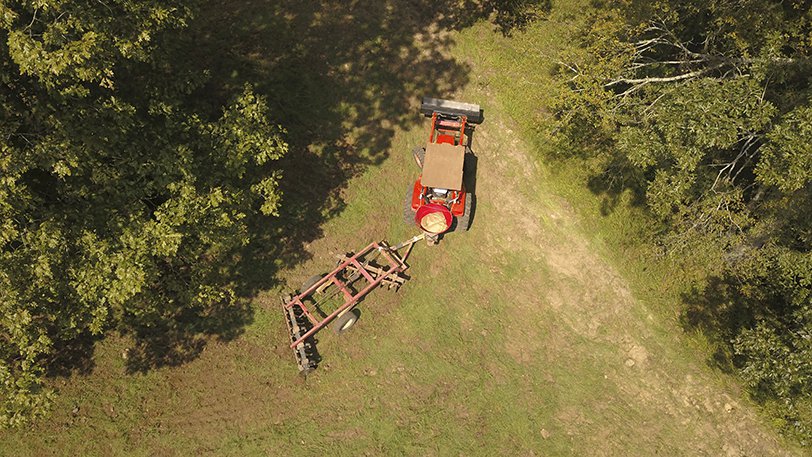
Whisenhunt says much of the wildlife opening work is done through a joint agreement with the U.S. Forest Service on these three WMAs, but the AGFC handles the cost of putting boots on the ground for these wildlife habitat improvements.
“The contractor will disc, add fertilizer and plant wheat in the plots to give some good, green forage, and then I’ll come back and overseed that with a mix of clover and brassicas,” Whisenhunt said. “The deer and other wildlife will eat the wheat and clover first, but after the first cold snap, a chemical reaction in the brassicas will make their leaves sweeten up and the wildlife will really use them.”
In many parts of the state, hunters may develop food plots as a place to hunt, and the plots Whisenhunt manages are excellent for hunting as well, but the primary reason for their maintenance is to help give wildlife a stable food source in years when hard mast is scarce.
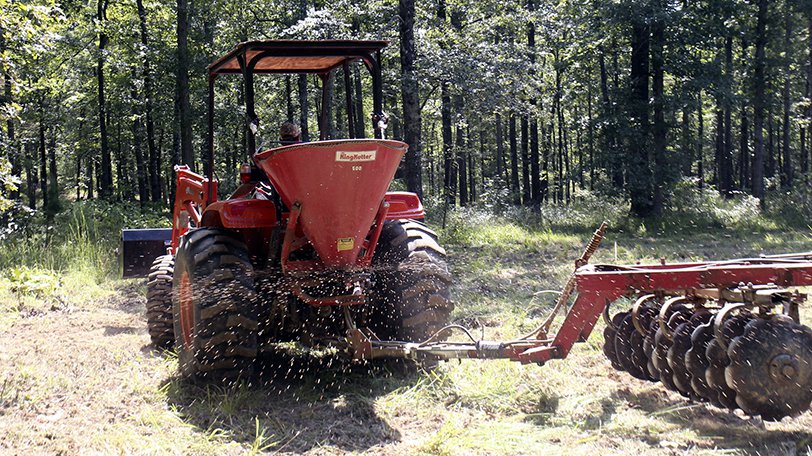
“We really do this for the critters first,” Whisenhunt said. “In older growth forests like you see in much of the National Forest System, the canopy can shade out everything on the ground. Once acorns are gone, there isn’t much left for the wildlife, so we try to add these plots as insurance against bad acorn years.”
One such year occurred last hunting season when late spring frosts impacted many of the white oaks in the Ouachita National Forest. The food plots became noticeably popular with wildlife and hunters alike.
“I had a few calls and comments from hunters last year thanking us for the food plots and asking what we did differently,” Whisenhunt said. “I explained that it was the same as always, just that the surrounding area was lacking the usual acorns and other forage.”
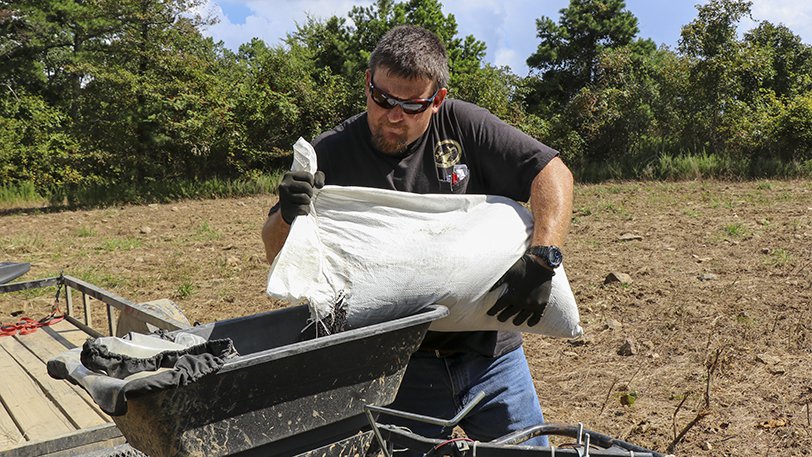
Whenever the AGFC works on wildlife openings, simply encouraging native vegetation is preferred, but in some cases, planting a few traditional agricultural crops can be a difference-maker.
“Around half of the openings will be planted each year, and the remaining plots will be brushogged to keep them open and promote natural regeneration,” Whisenhunt said. “When winter takes hold, a lot of the native vegetation dies back or goes dormant, so the added green plants from this year’s seeding are more attractive. But the variety of native grasses and plants that grow during summer and when the plot isn’t planted can really benefit wildlife, especially the songbirds and insects we need as pollinators.”
Many hunters have discovered a second-year plot is just as good as a freshly planted one, as seeds from the previous year’s crop will sprout and create some volunteer plants in addition to the native forage.
“We’ve heard reports and seen pictures from trail cameras out here of deer, turkey, bear, songbirds and all sorts of wildlife using these openings throughout the year,” Whisenhunt said. “It may look like it’s pretty sparse at times, but that’s because the wildlife is really taking advantage of it. I’ve put up cages on small portions of a plot to keep wildlife out and see how much use it received. The plot would be knee-high inside the cage, and would be nipped down within an inch of the ground where wildlife could reach it.”
Hunters looking to take advantage of these plots during hunting season should take some time to familiarize themselves with the wildlife management area they plan to hunt.
The plots on Winona, Muddy Creek and Caney Creek are all smaller, irregularly shaped chunks carved out of the surrounding woods. In many cases, this is a result of the mountainous nature of the WMAs. Some plots may be as small as ½ acre, and the largest top out at 4 acres.
“These aren’t the giant plots you see on TV shows, but they’re very effective for public land where hunting pressure can be higher,” Whisenhunt said. “Mature deer don’t make a habit of stepping out into the middle of a giant food plot during daylight hours, or they wouldn’t survive to become mature deer. These plots are all small enough where a deer is never more than a few steps from cover, so they get used a little more often during the daytime.”
Some WMAs have maps with wildlife openings marked, but many plots remain off easily published maps to prevent them from becoming overcrowded.
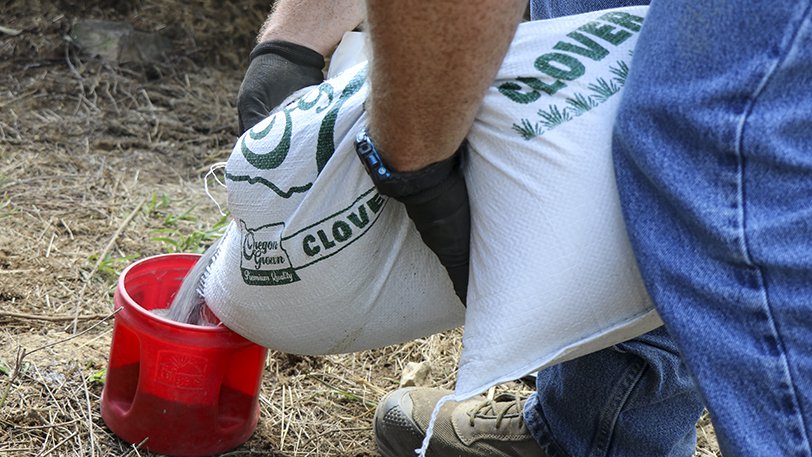
“If someone wants some help finding a food plot near an area where they want to hunt, they can call me at the Hot Springs Regional Office and I will be happy to help guide them to one over the phone.” Whisenhunt said. “I always encourage people to get out and scout them out before trying to hunt them
Whisenhunt adds that most of the food plots on his areas aren’t too difficult to find using aerial imagery available in Google Earth. He also notes that most of the gated roads on his WMAs typically have a wildlife opening somewhere along the way for people willing to walk in from the gate.
“We just want people to put in a little effort and learn where they’ll be before opening day,” Whisenhunt said. “That way fewer people are wandering around at prime shooting time, and everyone has a better chance at success when it’s time to hunt.”
Recent News
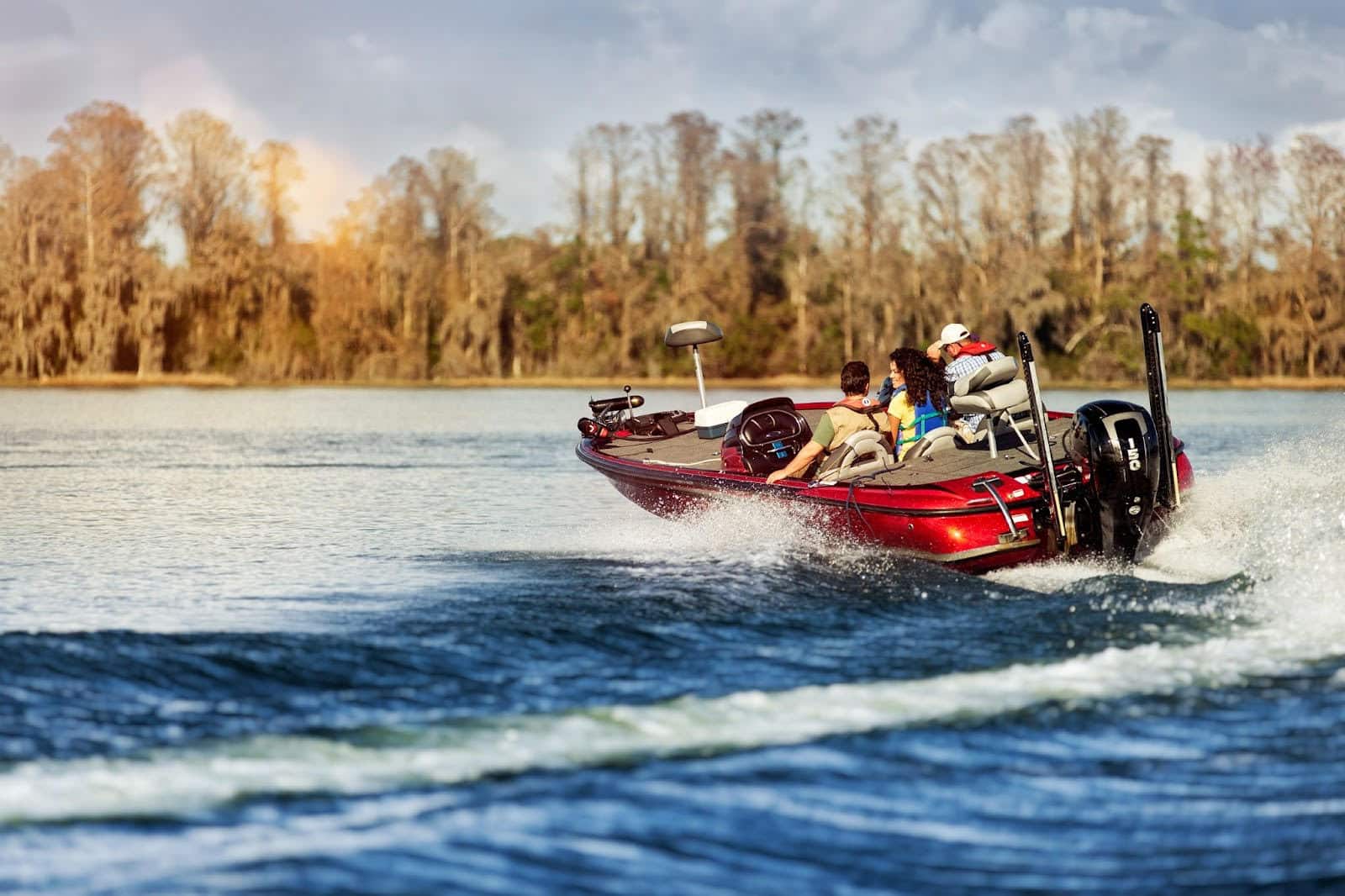
Watch your wake
Jul. 2, 2025
Subscribe to Our Weekly Newsletter E-mails
Don’t miss another issue. Sign up now to receive the AGFC Wildlife Weekly Newsletter in your mailbox every Wednesday afternoon (Waterfowl Reports are published weekly during waterfowl season and periodically outside the season). Fishing Reports arrive on Thursdays. Fill in the following fields and hit submit. Thanks, and welcome!

